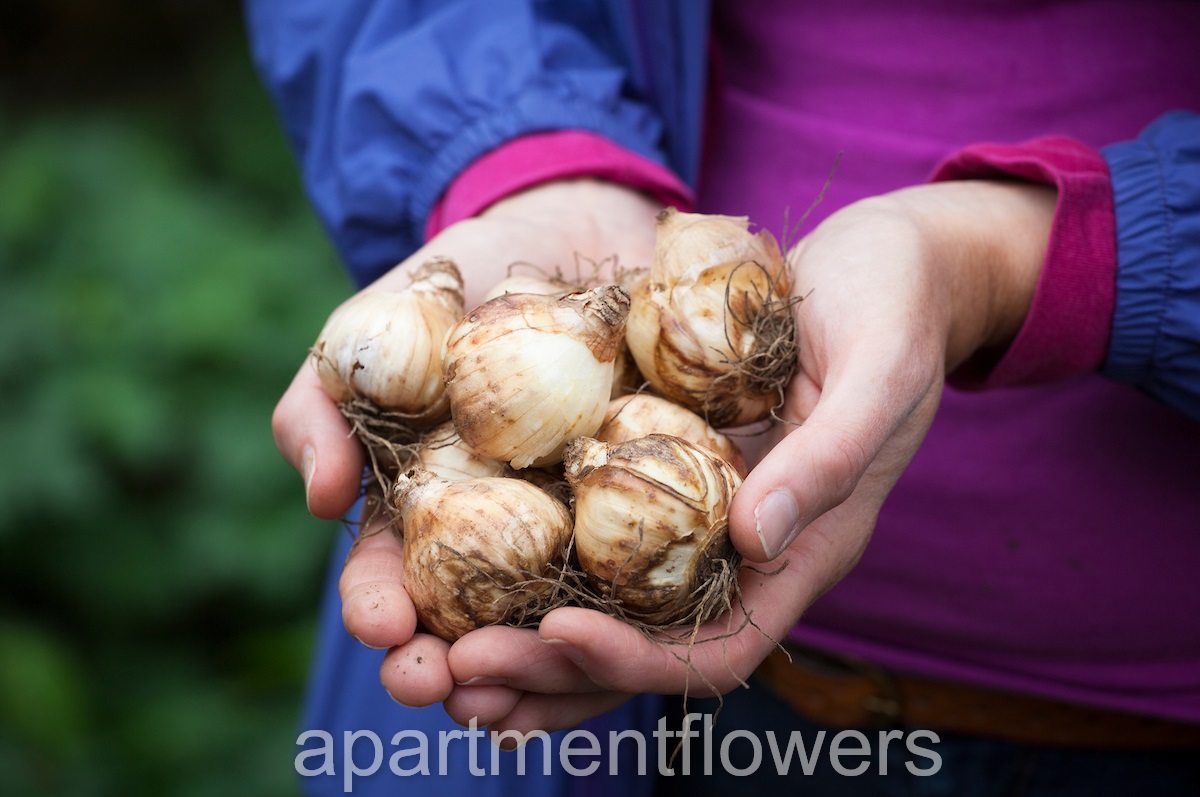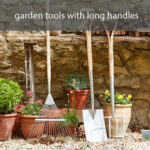HOW TO STORE TULIP BULBS OVER SUMMER✅
Store tulip bulbs but when and how?! you may have questions about how and when to store tulip bulbs. We’re here to help you learn this straightforwardly. Undoubtedly, the tulip is one of the most beautiful wild flowers that gives its effects to the garden and home.
Tulips are a stalwart of spring with their satin-like petals and glorious spectrum of shades. But, they can be a little fussier than others. While crocuses, daffodils, and all the woodland bulbs (think anemones, snowdrops, and bluebells) can happily stay in the ground all year round, tulips generally won’t respond so well to this low-maintenance approach.

If they do flower again (and some simply won’t), the show will be much less spectacular than the first. Tulip bulbs are stored at a relatively warm temperature after they are lifted. In nature, tulips do their growing in the spring and fall into an apparent dormancy during the hottest and driest portion of the summer.
The tulip bulbs develop a flower bud during this late summer period. Bulbs in storage will also develop a flower bulb in storage that will bloom the following spring. You can read more about tulip bulbs by referring to the Apartmentflowers website, although. store tulip bulbs, is mentioned a little in other articles in Apartmentflowers.
You Might Also Like These Articles:
Does bamboo plant need sunlight?⭐
planting succulents in containers without drainage✅
How to store Begonia Tubers over winter UK?⭐
How to grow Pansy from seeds?✅
Buying new Tulip Bulbs or Replanting Them?!
You can buy fresh tulip bulbs each year – sure – but if you’re planting bulbs all over your garden, then prices can quickly stack up. A cheaper alternative is to lift them out of the soil once they’ve finished blooming for storage, then replant the following autumn.
This extra effort will reward you with a much better display than leaving them in the ground and it will keep costs down. So, why not give it a go this year? We’ve got all the tips on how to store tulip bulbs below.
Store Tulip Bulbs, Tips
First of all, we can keep tulip bulbs out of the soil for up to 12 months depending on the right conditions Well, now that we have decided to store tulip bulbs, it is better to know that the best time to store tulip bulbs is summer, because there are two types of our tulip plants, one of them is in spring, so the best way is in late summer.
To store tulip bulbs. Tulip bulbs are not put in storage until the plant’s foliage has died back naturally. While spent flowers are deadheaded, the leaves of the tulip plant are left on the plant and allowed to photosynthesize for about 4-6 weeks after blooming.
Leaving the green leaves on the tulip while removing the spent bloom allows the plant to focus on growing offset bulbs off the lateral sides of the mother bulb. Bulbs are only lifted for storage once the leaves have died back naturally as summer temperatures warm up.
Of course, depending on the conditions, you can store tulip bulbs at any time of the year, but the possibility of spoilage increases, so the best time to store them is late summer.

- In USDA zones 8 and up, winter temperatures are not cold enough, or temperatures are not consistently cold enough, for tulips to survive. One workaround is to dig up the bulbs and store them. This should only be done after the tulips have bloomed and the foliage has completely died back.
- Carefully lift the bulbs out of the ground with a trowel, shake off the excess soil and cut off any dead leaves. Let the bulbs cure for a few days in a well-ventilated place on old newspapers or cardboard, then store them in a cool, dark place. Because the bulbs need a consistent cool temperature, for most home gardeners, this place is the refrigerator.
Lifting tulip bulbs is important to separate offset bulbs from the mother bulb. Tulip bulbs are unique among flowering bulbs in that the mother bulb flowers only once. The main bulb flowers and then begins to decline as the plant puts its energy into the offsets. In storage, offsets are separated off the main bulb and stored individually.
Store Tulip Bulbs, prechilling stage
In this process called prechilling, the tulip bulbs are stored in a refrigerator or cooling unit (never the freezer!) between 35 degrees F and 48 degrees F for at least ten weeks and for no more than 14 weeks before planting.
While it’s easy to fulfill the minimum requirement when you dig your bulbs after the bloom in the spring, you will by far exceed the 14 week-limit before you can plant the bulbs again in the late fall. This is not the only finicky thing about storing your bulbs over the summer.
The cooling temperature must be consistent without major temperature fluctuations, that’s why you should not store the bulbs in a garage, shed, or basement where there is no temperature control.
Only remove the bulbs from their cool storage when you are ready to plant them. Allowing them to warm up, just for a few hours, reverts them back to their non-chilled condition.
We back few lines up when we want bring tulip bulbs out of soil, you can keep the leaves on the tulips since they will provide necessary energy for the next season if you do this you can be easy for store tulip bulbs. Tulips have three petals as well as three sepals and are usually shaped like a cup.
Tulips can be planted in all sorts of settings which include garden plantings, beds, borders, natural woodland areas, and more. Most tulips reach a height of 6 inches to an amazing 2 feet. Each stem grows one tulip bulb and each plant can grow 2 to 6 broad leaves. Tulip bulbs need to be planted before the winters come since the ground can freeze up.
The best thing to do to plant tulips is to use different varieties. This means that they will all have different bloom times from early to late spring, making your garden look beautiful throughout. You can get some indoor varieties as well as cut flowers.

Finally…
In this paper we show you all the steps of how to store tulip bulbs over summer. I have tried to increase your knowledge about store tulip bulbs as much as possible in this article. Also, raising personal knowledge about agriculture has been one of the goals of this article.











